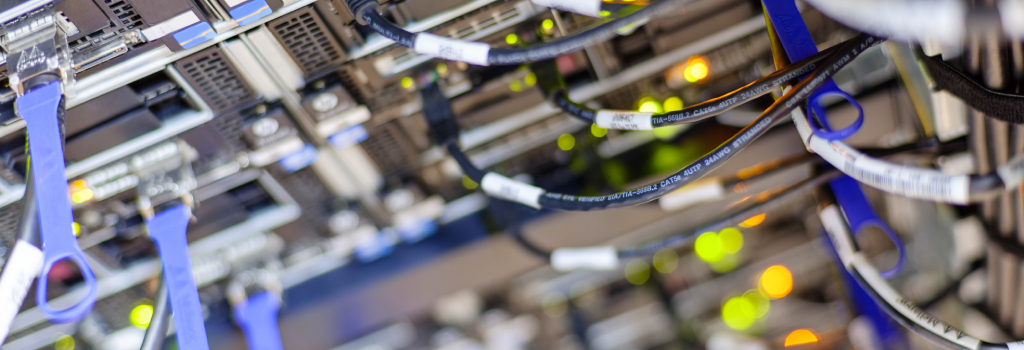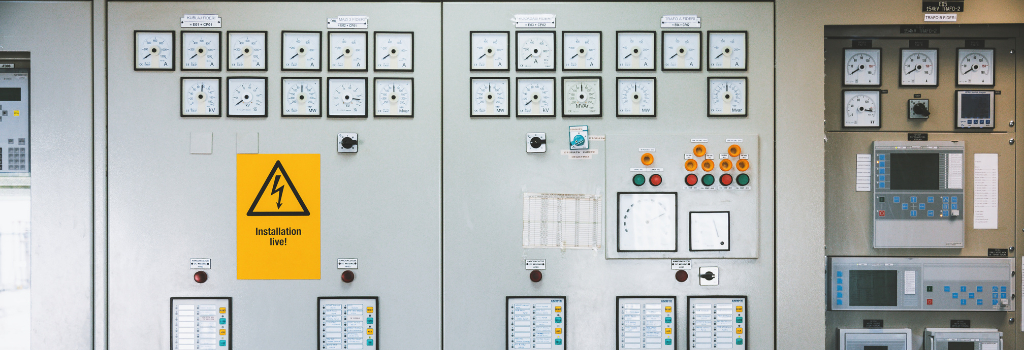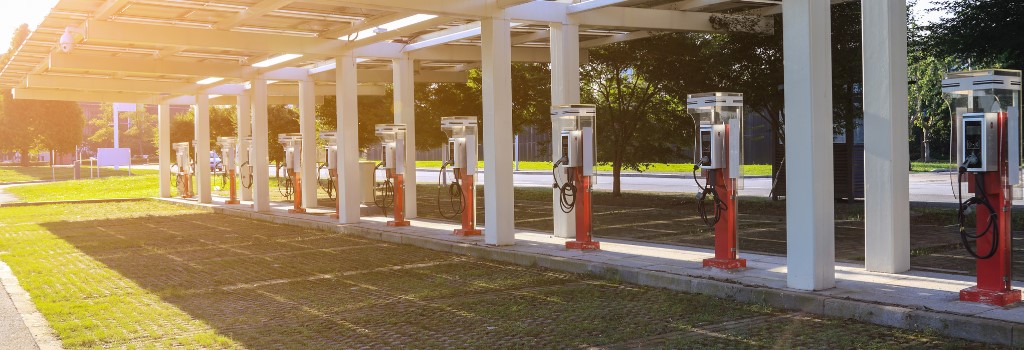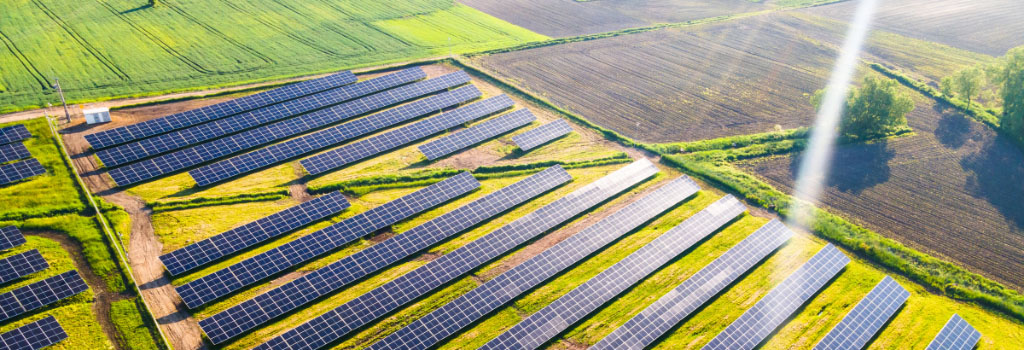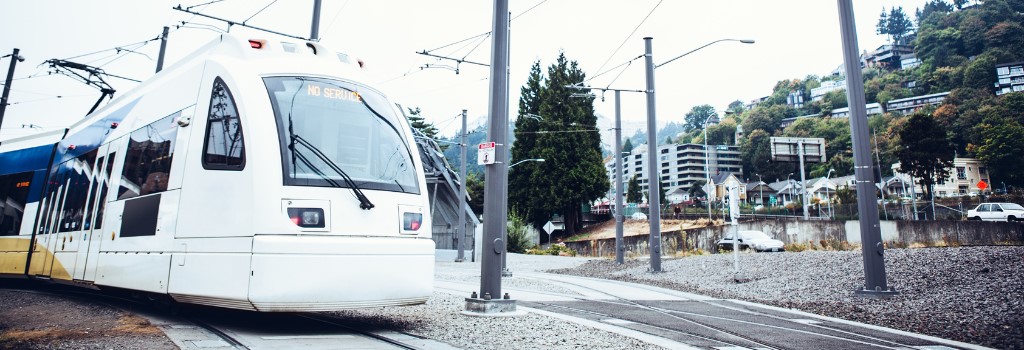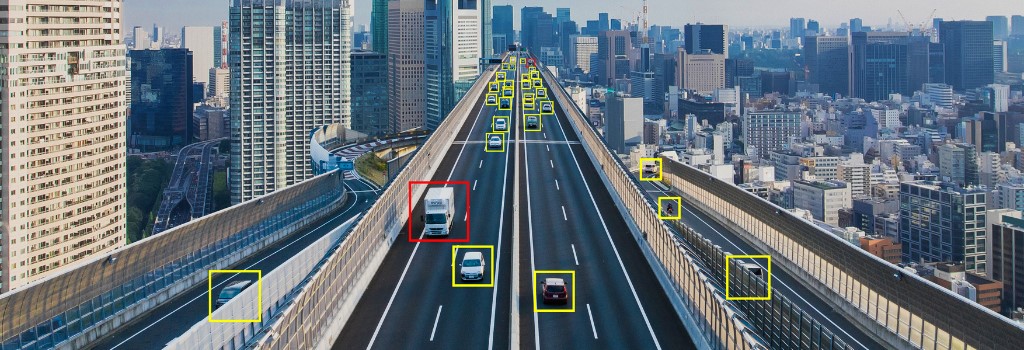- Category: Telecommunication
As cities are becoming both digital and smart, communication has become the fifth core infrastructure network after water, electricity, gas, and transportation. To keep up with the demand for bandwidth generated by consumers and applications, service providers and network operators need to optimize the performance and scaling of their existing networking architectures while generating innovative and cost-effective ways to deliver the services.
Read more: HTCA-E400 Unleash the Power of Optical Network Infrastructure
- Category: SD-WAN
Multi-protocol label switching (MPLS) is a solid networking technology that has powered enterprise networks for over two decades, connecting remote branch offices that require access to data or applications inhabited in the organization’s data center or headquarters. MPLS held many benefits over IP routing, however, it also became a challenge as the process consumes time and hardware resources, which results in degraded performance, especially for real-time applications. This challenge was further exacerbated during COVID times, which has significantly increased online usage and transactions.
Read more: uCPE Platforms Accelerate SD-WAN Digital Transformation for Cinema Chain
- Category: Power and Energy
With the growth in industrialization and electricity access across the globe, electrical power consumption continues to grow at a rapid pace and therefore, it becomes very important to efficiently and skillfully manage power distribution and consumption. Automation in the power sector has become a requirement as it enables smart grids that can control and monitor power to minimize losses, improve reliability and productivity, manage demand cost-effectively and enable future-capacity planning.
Read more: Critical Infrastructure Resilience System Facilitates Interconnected Utility Networks
- Category: Intelligent Systems
We’ve been witnessing since early 2013 the exponential growth and popularity of electric passenger vehicles and to this day this trend does not show signs of slowing down as EV sales, government EV subsidies and manufacturers’ pledges for reducing carbon footprint, all point towards a gradual but inevitable EOL of almost all internal combustion engine (ICE) vehicles.
Read more: LEC-7242H: Enabling OCPP Compliant And Environmentally Sustainable EV Charging Stations
- Category: Power and Energy
The world has an energy problem as fossil fuels are running out and it is necessary to transition from fossil fuel dependence to renewable and clean energy, creating a cleaner and greener world. The energy and utility industry, from the utility of water, district heating, or power, has many challenges ahead.
Read more: Low-power IoT Gateway Promotes Sustainable Clean Energy Efficiency
- Category: Transportation
We will be reviewing a machine vision system for light rail collision avoidance. This solution allows a light rail to avoid unexpected obstacles down the rail and reduce the chances of a collision. It uses an onboard industrial-grade edge AI appliance EAI-I130 provided by Lanner, capable of running MV models onboard. This appliance brings machine vision capabilities as close as possible to the light rail, allowing data captured by sensors to be processed right on-site.
Read more: Machine Vision for Light Rail Collision Avoidance
- Category: Transportation
Continuous surging growth in urban populations creates a demand for urban mobility, a greater demand for faster traffic flow, improved public safety, and more innovative transportation. A good urban traffic management network will not only improve traffic safety and boost local economies, but it will also improve public health and protect the environment.
Read more: Enhancing Urban Traffic Management with Rugged Edge AI Roadside Unit






